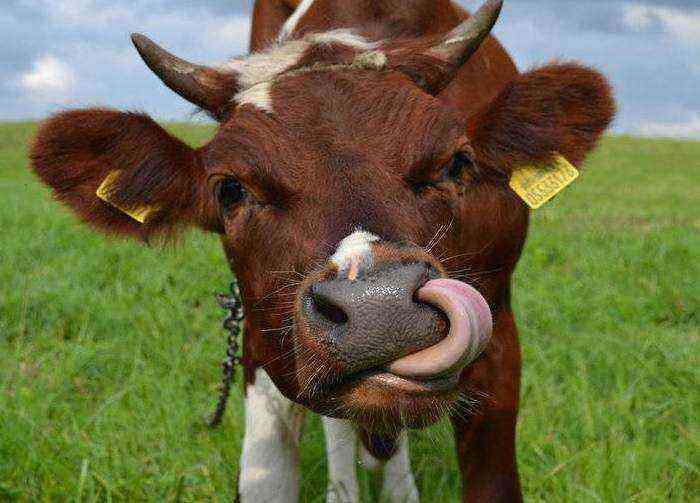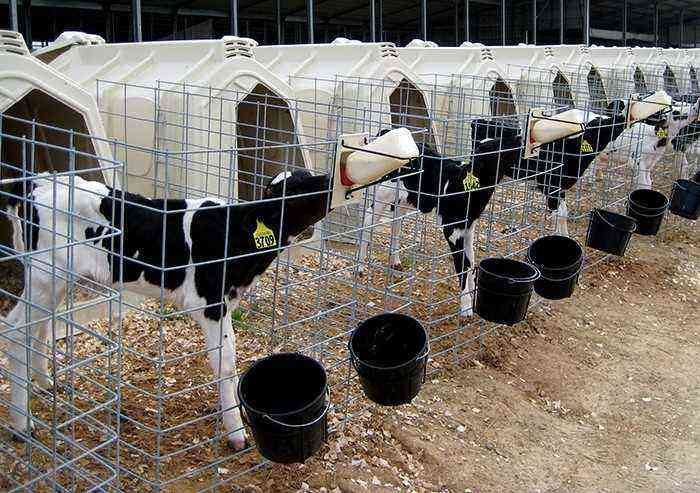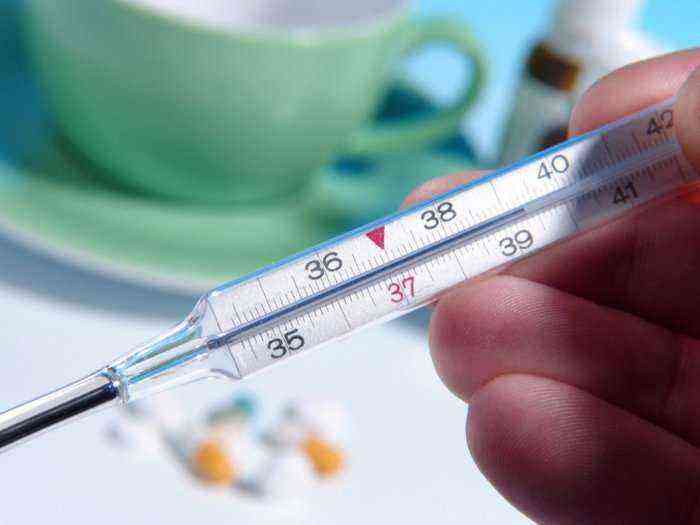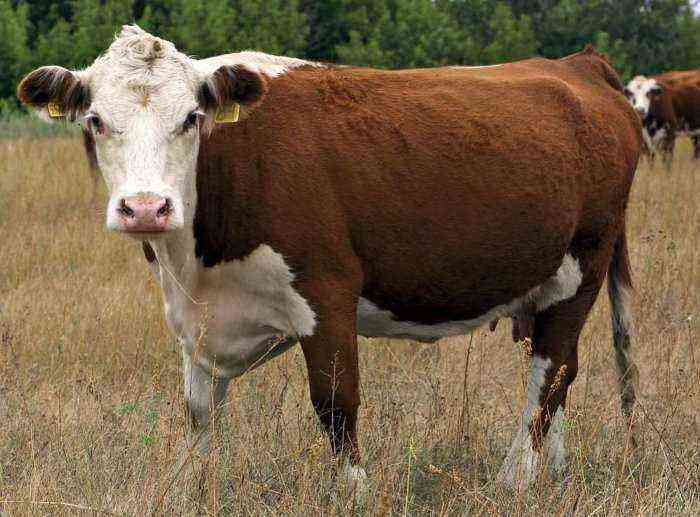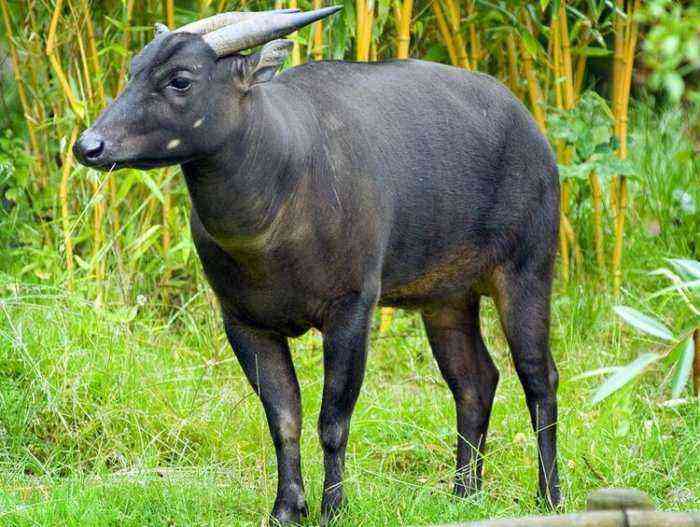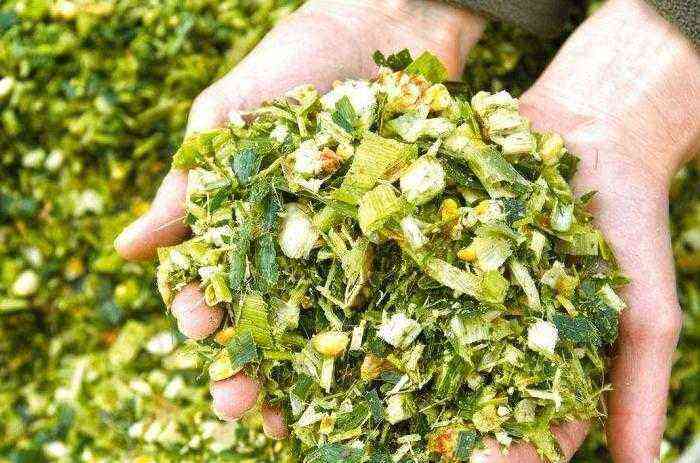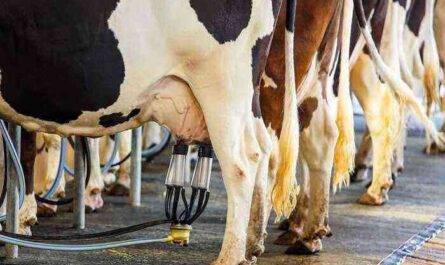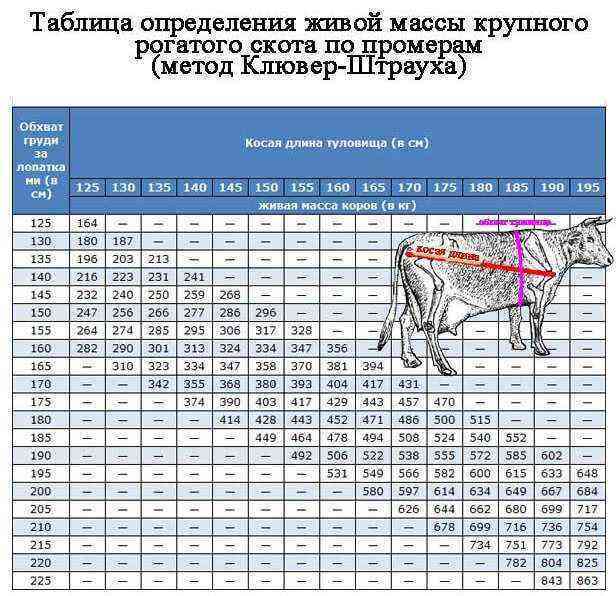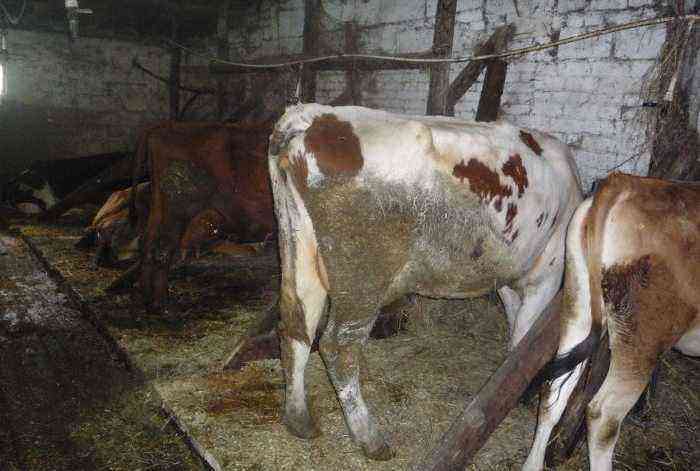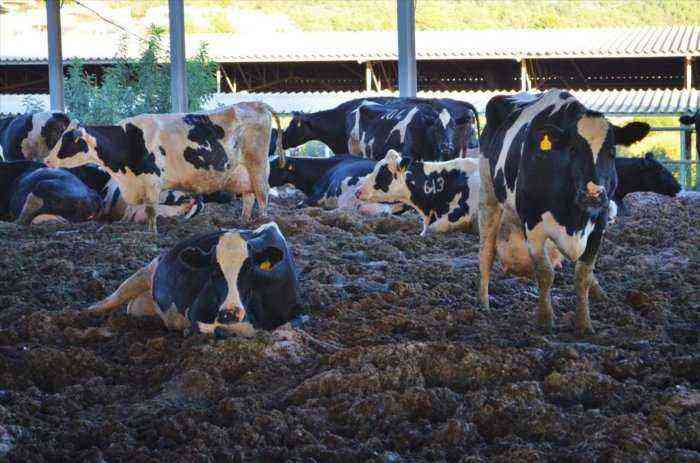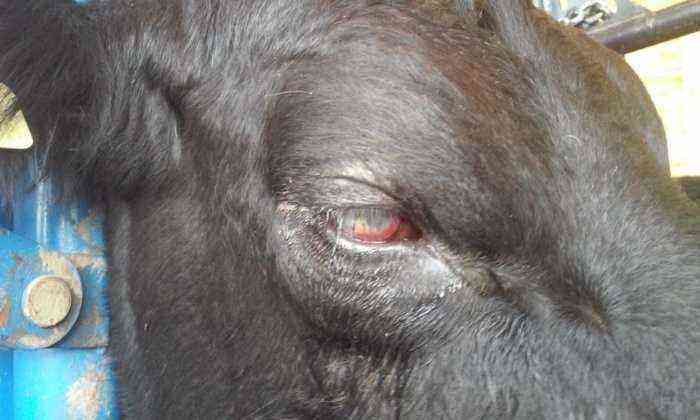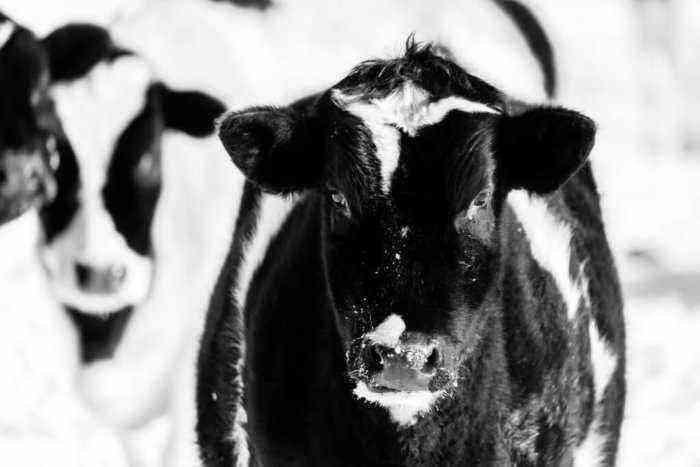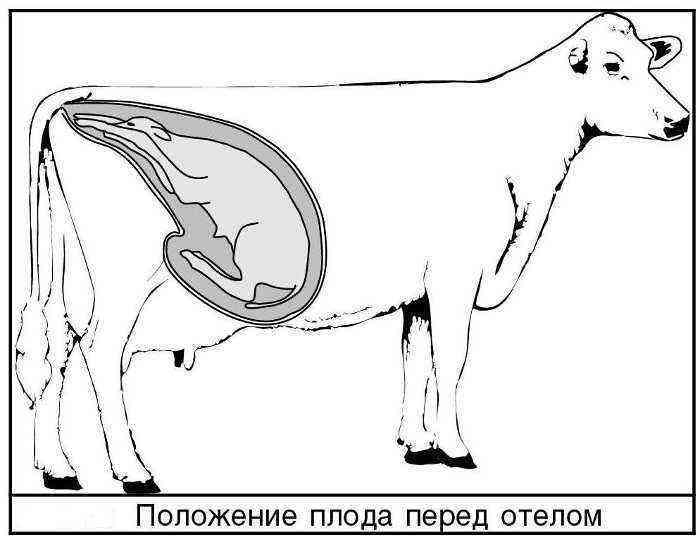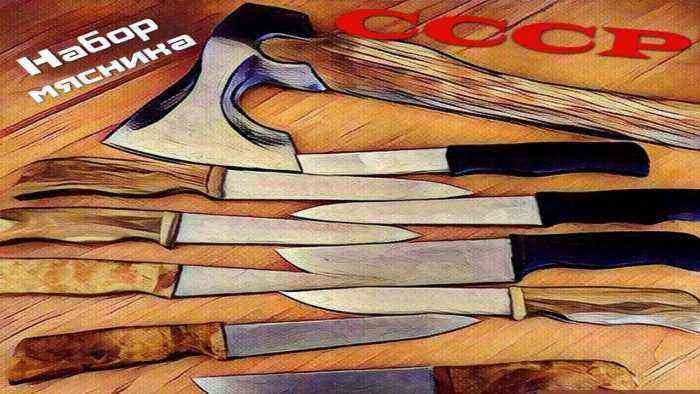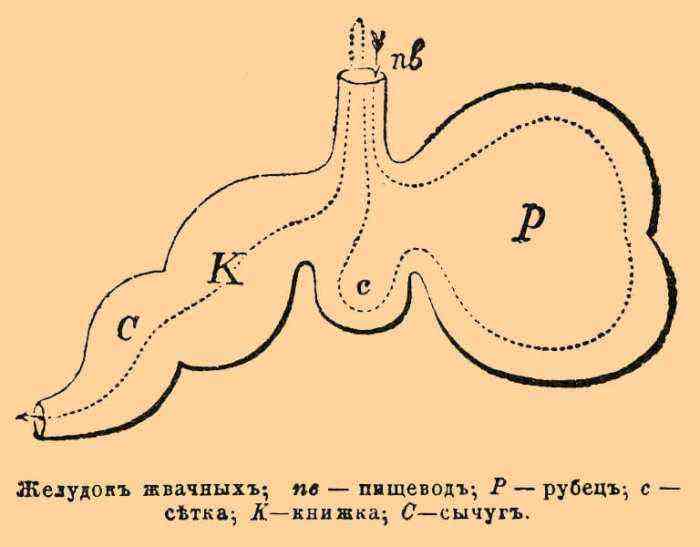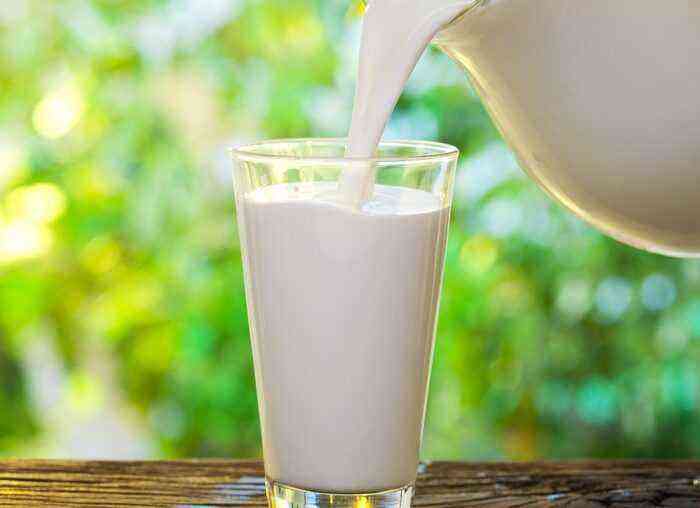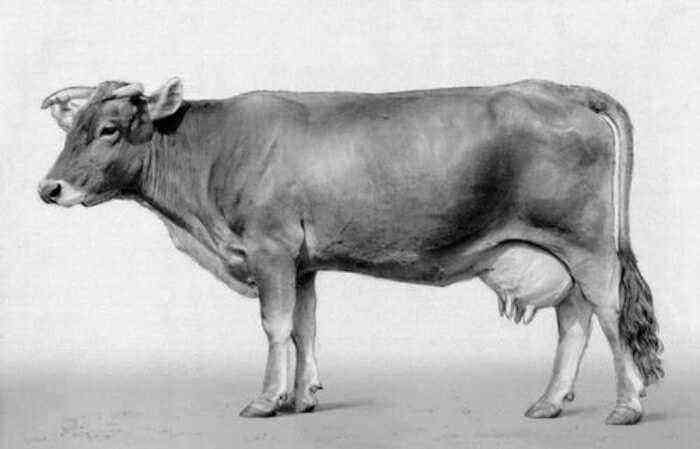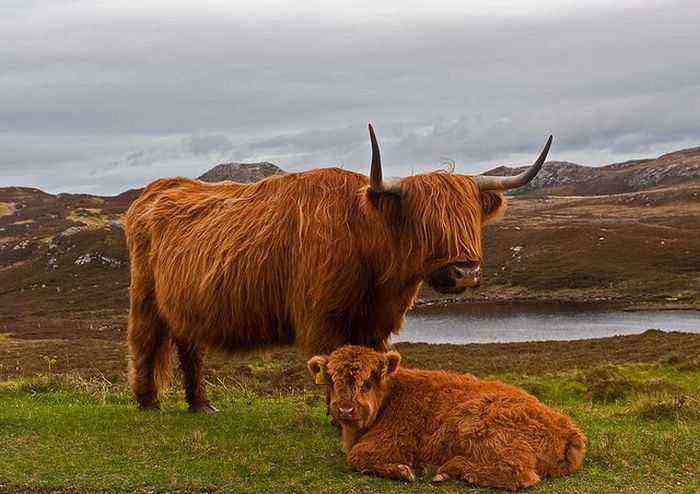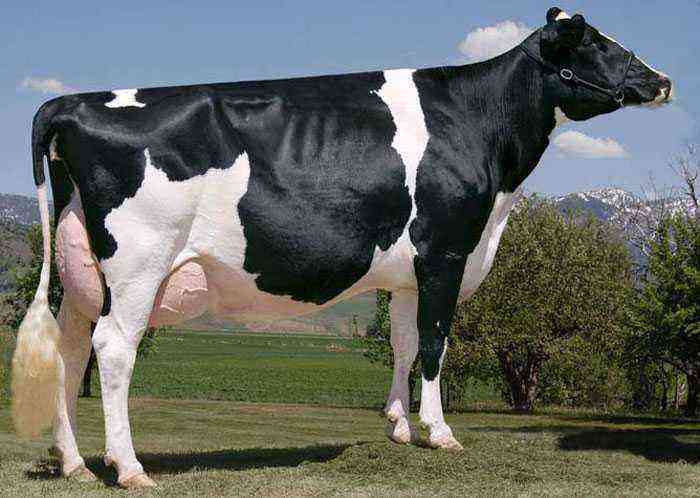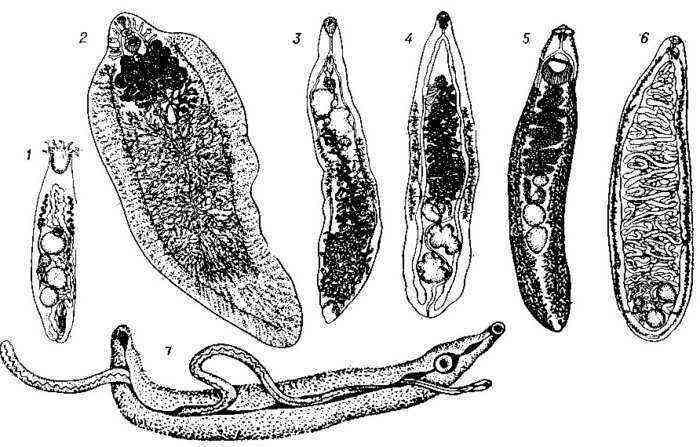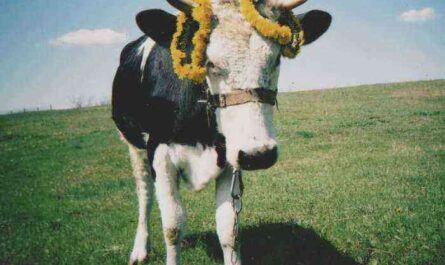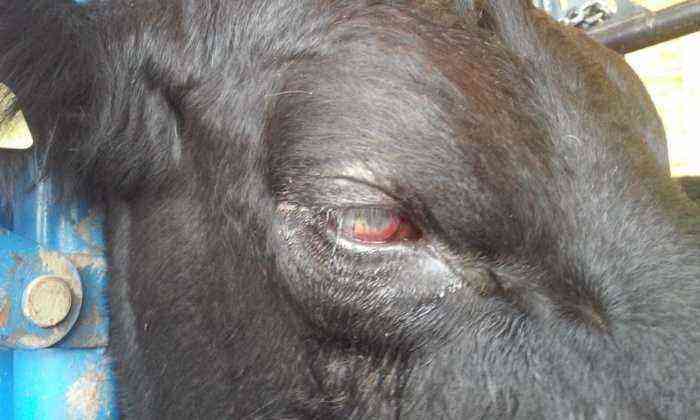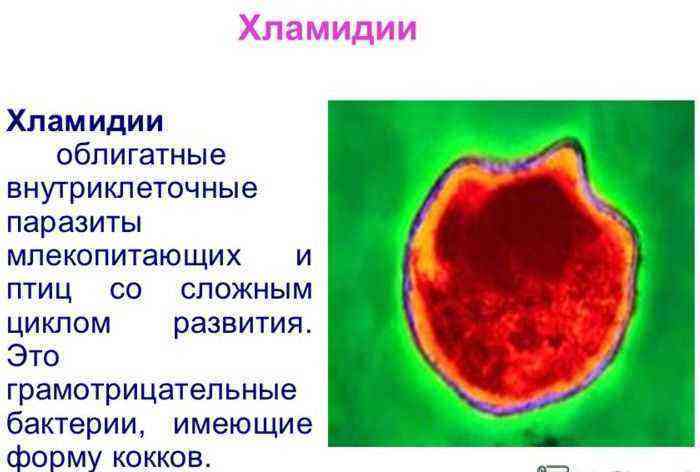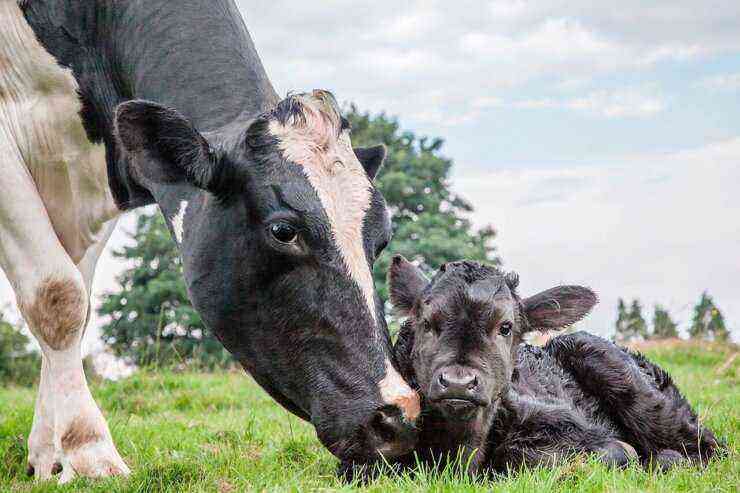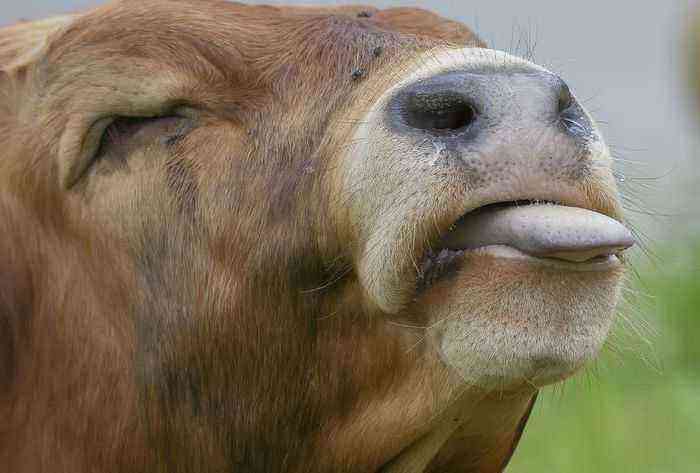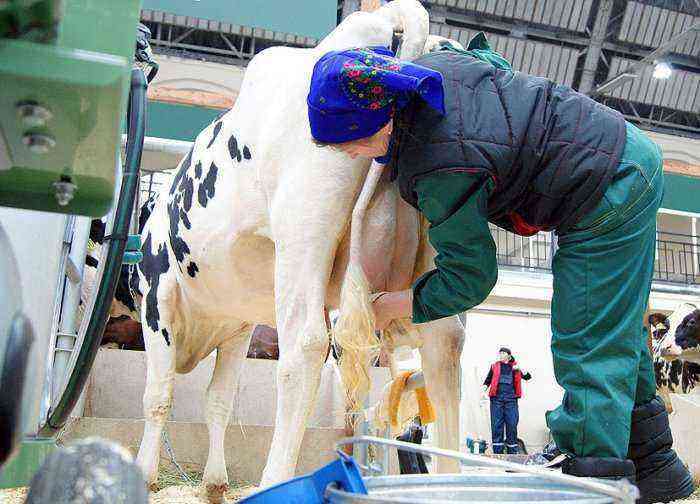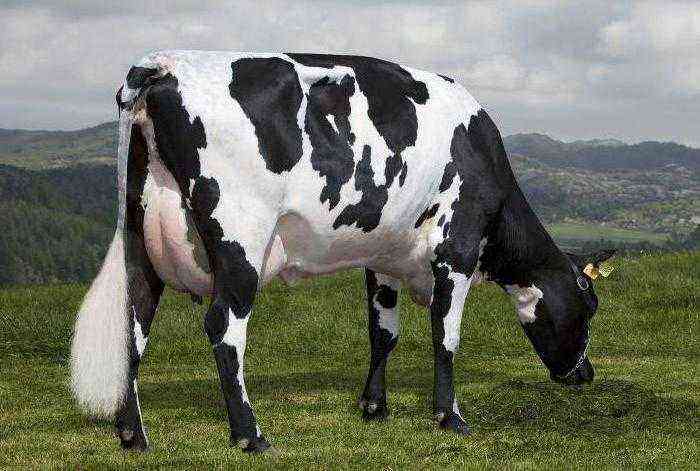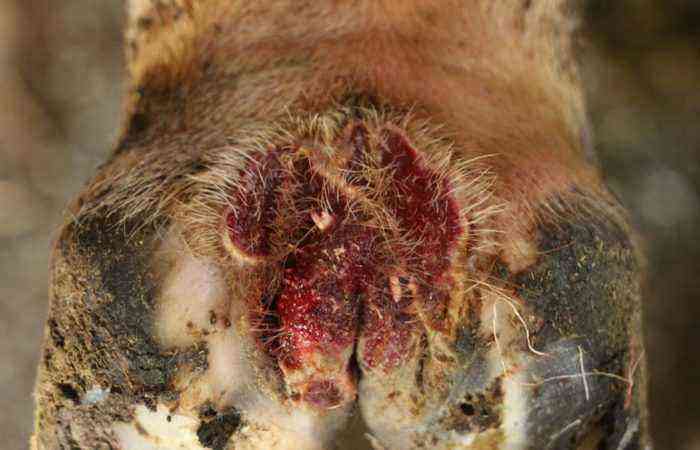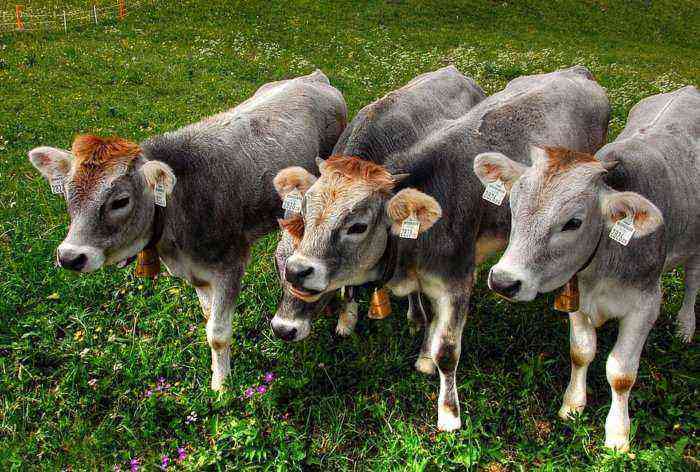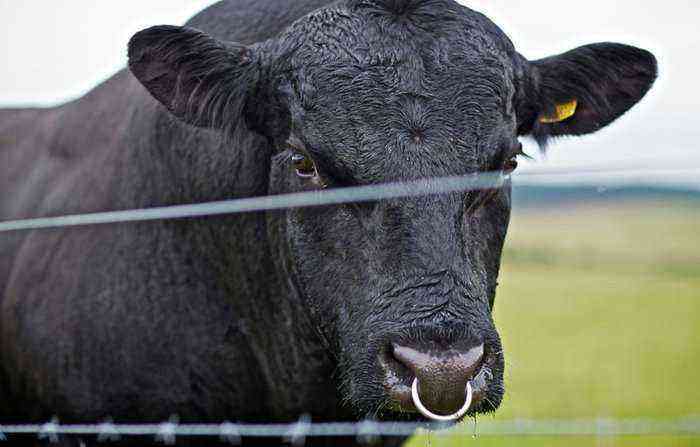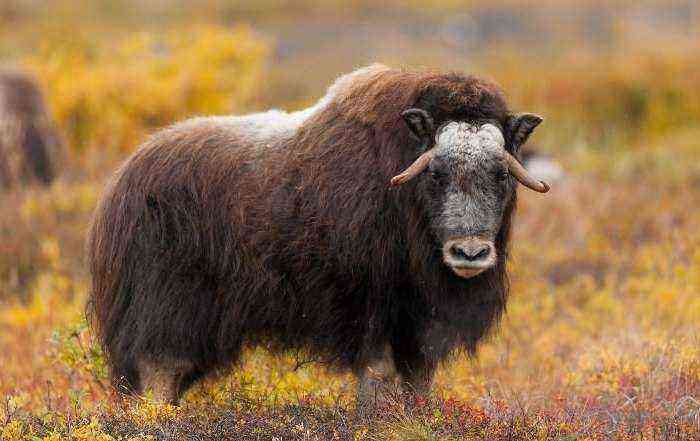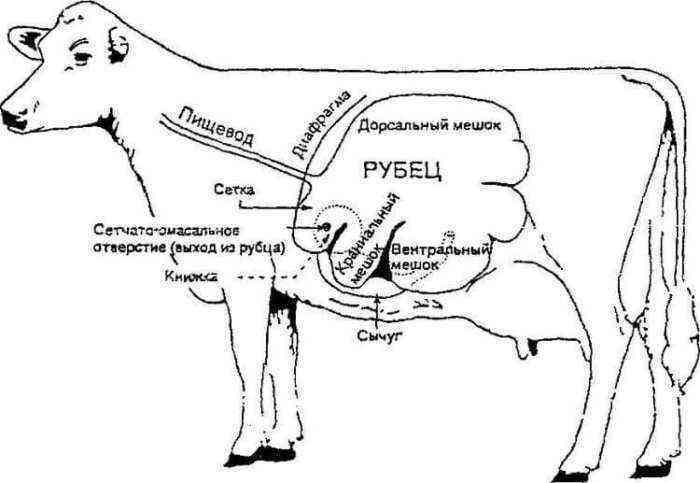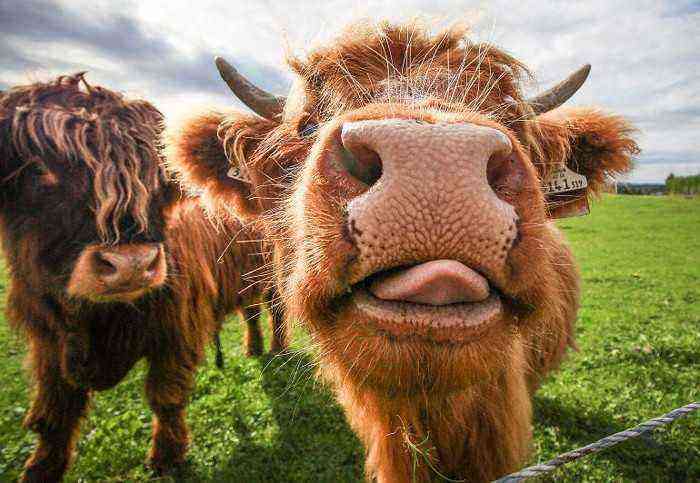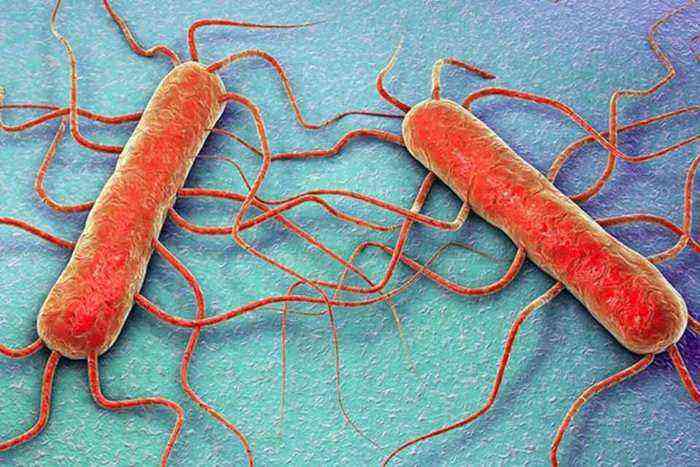Calf gastric arrest is a dangerous condition that can be fatal if the animal is not treated in time. The farmer needs to know how this problem manifests itself, as well as what to do and how to properly start the stomach.
Gastric arrest in a calf
Why is stomach arrest dangerous?
Most often, the stomach in calves stops if there is a blockage in the esophagus. This can happen when a hungry animal greedily swallows large pieces of food, such as root vegetables or corn cobs. A large piece of vegetable enters the esophagus, where it can get stuck without moving into the scar.
This situation is dangerous for the calf – after the stomach stops, gases begin to accumulate in it. As a result, it increases in volume, presses on the diaphragm. This makes it difficult for the cow to breathe. If help is not provided in time, death from asphyxia can occur in a little more than a day. That is why it is important to detect the problem in time and help the animal.
Reasons for stopping the stomach
Consider the most common reasons for the cessation of the rumen in calves:
- Ingestion of foreign objects (rags, chips, nails, stones).
- Ingestion of large fragments of food (beets, potato tubers).
- Fright of the animal while eating food – in such a situation, a spasm of the esophagus may occur, its lumen narrows, so the food does not pass further.
Attention! Narrowing of the esophageal tube does not only happen when frightened – sometimes it happens with serious diseases in a cow, for example, leukemia, tuberculosis or problems with the nervous system, as well as with tumor processes in the neck or chest.
Quite often, stagnation in the rumen in calves occurs when they are transferred to solid feed. Starvation can become a provocateur of such a state – if a cow constantly receives insufficient food, and then overeats sharply, the stomach, out of habit, cannot cope with a large load and stops.
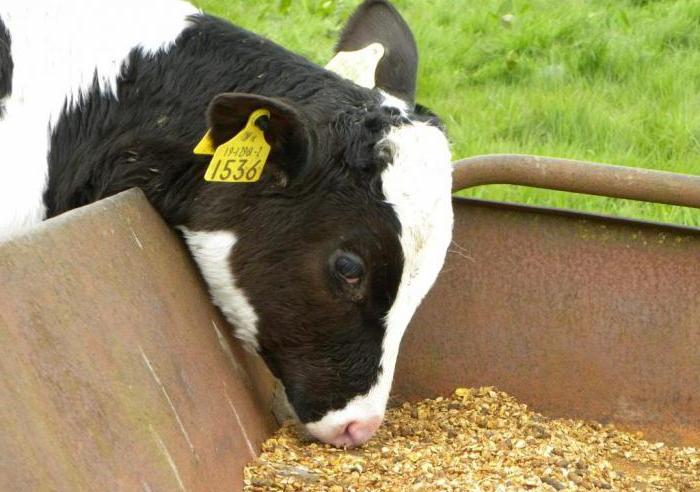
Transfer to solid feed
Signs of stomach congestion
The stagnant process in the rumen is manifested by changes in the behavior of the animal. If it is caused by a blockage in the esophagus, you may notice the following:
- The calf stretches its neck, trying to burp a lump.
- The mouth is open.
- The chewing gum is missing.
- The cow makes chewing movements idle.
- Saliva is predominantly frothy.
- The animal is worried, frightened, shaking its head.
- When the lumen of the esophagus is completely blocked, the animal does not eat or drink.
- With partial blockage of the esophagus, the calf makes attempts to eat, but due to difficulty in swallowing, it soon stops, but it accepts drinking and liquid food.
Stopping the stomach leads to the accumulation of gases in the rumen, as a result of which anxiety only grows. In the future, the clinical picture changes:
- Shortness of breath appears.
- Breathing becomes shallow.
- There is bloating.
- A cough appears.
Attention! Symptoms of stasis in the rumen should not be ignored. If the calf is not helped at this stage, it will die.
How to start the stomach?
If a stagnant process in the rumen is suspected, it is urgent to invite a veterinarian to find out the cause of this condition. If a foreign body is found stuck in the esophagus, it must be removed immediately. This can be done in several ways – try to remove it manually through the mouth or push it into the scar with a probe. The choice of method depends on where exactly the foreign body is located – in the cervical esophagus or lower, in the chest.

Spazmalgon
Removal of a closely located object from the esophagus is carried out as follows. First, the animal is given to drink about 100-150 ml of vegetable oil. If possible, the esophagus is irrigated with a solution of novocaine for pain relief. To relieve spasms, Spazmalgon or other antispasmodics are used intramuscularly. The calf is fixed, a wedge is inserted into the oral cavity between the teeth so that the mouth does not close. The veterinarian wraps his hand in a towel to prevent injury. The limb is inserted into the esophagus and the stuck object is carefully removed from it.
If the foreign body is closer to the scar, so that it cannot be reached by hand, then an elastic probe is used. It is slowly introduced into the esophagus and the bolus of food is pushed into the scar.
Attention! It is forbidden to use sticks or rods instead of a probe – there is a high risk of perforation of the esophagus.
If the calf has a swollen belly, it is necessary to release gases from the rumen. This is done by the veterinarian. He pierces the peritoneum in the side of the torso and inserts a sleeve into it. Air will escape through this hole. Immediately after the procedure, the animal will feel better.
Starting the stomach includes following a diet on the first day after all the above manipulations. The calf is given plenty to drink, but not fed. On the second day, they offer food in the form of liquid talkers. As the work of the digestive tract improves, grass, hay, root crops in crushed form are gradually introduced.
Folk remedies
Folk remedies help to start the stomach. Most of them are not suitable for calves, such as vodka mixes, but there are others that are applicable to young animals. Calves are allowed to drink:
- Mineral water.
- Pickle (cucumber or sauerkraut).
- lactic acid.

Cucumber pickle
Farmers note that herbal decoctions give a good result when starting the stomach.
St. John’s wort, chamomile
Take any raw material – St. John’s wort or chamomile flowers in the amount of 25 grams, brew with a liter of boiling water. Simmer on the stove on the lowest heat for 15 minutes. The tool must be infused. Then it is filtered. The calf should drink 350-400 ml of herbal decoction in the morning and evening.
Čemerica
Hellebore tincture, diluted with water, is also used to treat stagnant processes in the stomach. It is sold in a pharmacy. The entire volume of the vial is combined with half a liter of boiled water. The calf is given to drink this medicine in the morning and in the evening, 100 ml each.
Reference. If no action helps to solve the problem – start the calf’s stomach, then an operation will be needed. It is performed in a hospital under anesthesia. This method is also used in case of detection of a tumor of the esophagus.
Prevention
It is better to try to prevent any problem. The same rule applies to gastric arrest in a calf. To prevent this from happening, you need to carefully check the food base for the presence of foreign bodies, litter. The farmer must keep the stall clean. Feed for calves must be carefully chopped – cut into small pieces or rubbed on a grater. Animals should not be allowed to starve, after which they usually eat hastily.
Gastric arrest is dangerous for calves and adults and can lead to death of the animal. The farmer needs to be attentive, observe the appetite and behavior of the cows. In case of detection of stagnation in the rumen, you should immediately invite a veterinary service worker.


